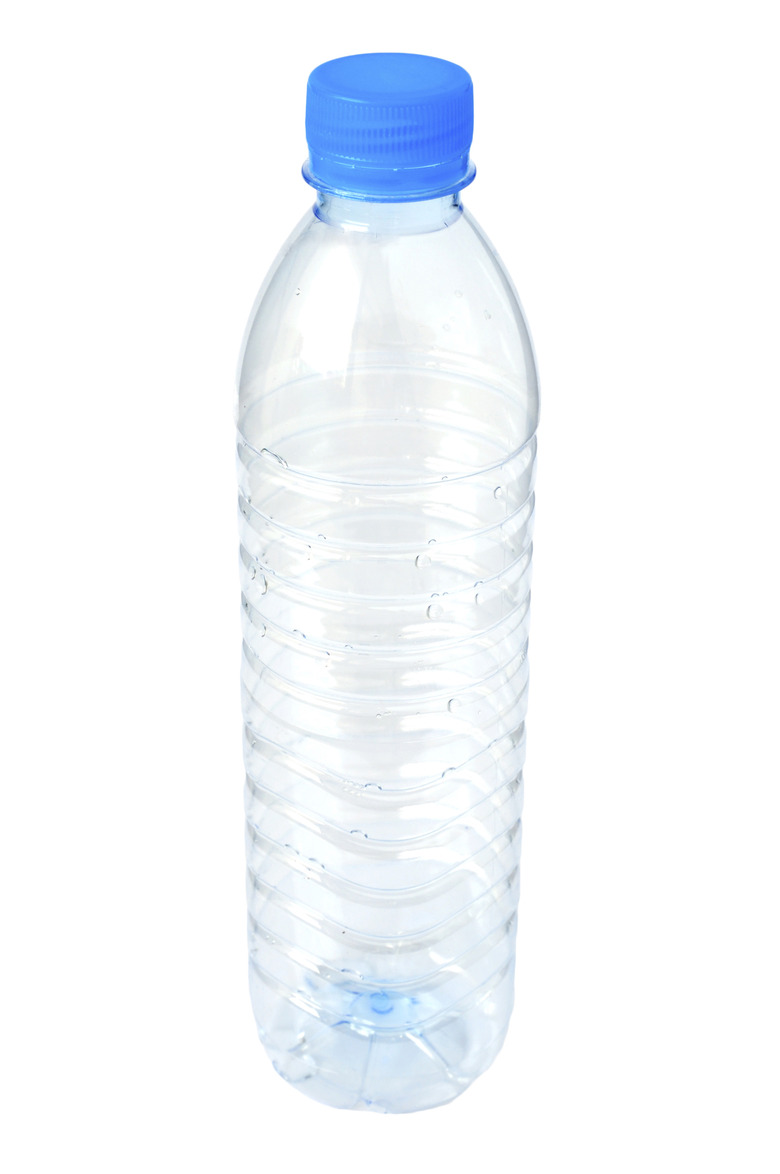HDPE Vs. LDPE
High density polyethylene (HDPE) and low density polyethylene (LDPE) are on opposite ends of the plastics applications spectrum. The density term used to describe these types of plastic refers to the manner in which the polymer molecules align. The polymers are straighter and more closely packed together in HDPE. The molecular structure is what gives each type of plastic its characteristics.
Differing Properties
Differing Properties
HDPE material is tough, rigid and resistant to chemicals and ultraviolet rays, while remaining lightweight. HDPE has little flexibility. LDPE is softer and more maleable than HDPE. It stretches well, so it resists stress fracturing. While LDPE conforms well to surfaces, its lower density makes it more prone to puncture than HDPE.
HDPE and LDPE Applications
HDPE and LDPE Applications
Both LDPE and HDPE are readily thermoformed — or heated to a temperature at which they are moldable. Manufacturers shape HDPE into products such as liquid storage tanks, tables and chairs, pipes and engineered lumber. LDPE often becomes sheet goods, such as liners, tarps and drop cloths. LDPE is also used for water bottles, food storage containers, plastic tubing and light work surfaces
Cite This Article
MLA
Korpella, Robert. "HDPE Vs. LDPE" sciencing.com, https://www.sciencing.com/hdpe-vs-ldpe-5968206/. 24 April 2017.
APA
Korpella, Robert. (2017, April 24). HDPE Vs. LDPE. sciencing.com. Retrieved from https://www.sciencing.com/hdpe-vs-ldpe-5968206/
Chicago
Korpella, Robert. HDPE Vs. LDPE last modified March 24, 2022. https://www.sciencing.com/hdpe-vs-ldpe-5968206/
